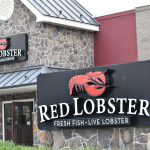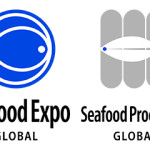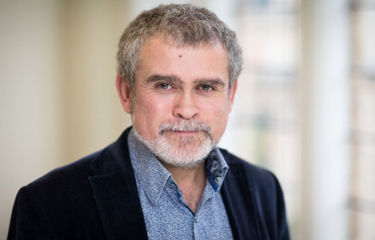The need for carbon sequestration in the oceans could potentially change fisheries and spur conservation, according to REV Ocean Science Director Alex Rogers.
The potential for carbon sequestration in fisheries “is certainly entering the dialogues of policymakers,” Rogers told SeafoodSource.
“For example, in the European Commission, there is serious consideration of blue carbon and the interaction of fishing with the carbon sequestration systems of the ocean,” he said. “This is because of public and political pressure to reduce carbon emissions and because of increasing scientific evidence related to the important role of marine ecosystems in sequestering carbon.”
Lysaker, Norway-based REV Ocean is a collaborative entity operating a research vessel- and data-sharing platform focused on ocean conservation. Lately, it has studied the positive and negative impacts of fishing on climate change, finding that some commercial fishing operations aid in carbon sequestration, while others have an outsized carbon footprint. Forms of fishing that destroy blue carbon ecosystems, such as bottom-contact fishing in seagrass habitat or bottom-trawling on sediment-rich areas of the ocean floor, have a significant carbon impact, Rogers said.
Those findings mesh with a recent report from the NGO Our Fish, “Climate Impacts and Fishing Industry Profits from EU Fuel Tax Subsidies,” which directly linked fisheries reform with climate change: last month it published a report Climate Impacts & Fishing Industry Profits from EU Fuel Tax Subsidies which linked fisheries and climate change.
“Fisheries need to be fishing sustainably in the context of target species and also bycatch and other environmental impacts of fishing, even without the carbon consequences,” Rogers said.
It has been estimated that bottom-trawling causes emissions of nearly 1.5 billion metric tons of carbon pollution per annum as a result of mobilization of carbon in sediment, Rogers said.
“This cannot be ignored in the fight against climate change,” Rogers said. “Therefore, it is likely that fishing will need to focus on other less-emitting fishing methods or avoid the areas richest in carbon.”
There are indications the development of mariculture can be twinned with carbon-sequestration efforts, Rogers said. That synergy has become the leitmotif of recent Chinese government mariculture plans.
“Indications are that the culture of seaweed can not only produce nutritious food and be environmentally friendly in other respects, but also can sequester carbon. An estimated 30 percent of algal production is lost to the environment and this is sequestered in deep-sea sediments and other ecosystems,” Rogers said.
Still missing however is a global standard for measuring and certifying carbon sequestration in fisheries and oceans, he said.
“There is no standard as yet, but [there is] sufficient [evidence] about some coastal ecosystems such as mangrove forests, seagrass beds, and salt marshes that they are probably certifiable for CO2 sequestration,” Rogers said.
“Also, there is increasing evidence that some types of fishing can lead to increased emissions not just because they burn fuel but because their interaction with the environment can release carbon or damage ecosystems that are actively taking up carbon.”
Photo courtesy of REV Ocean







